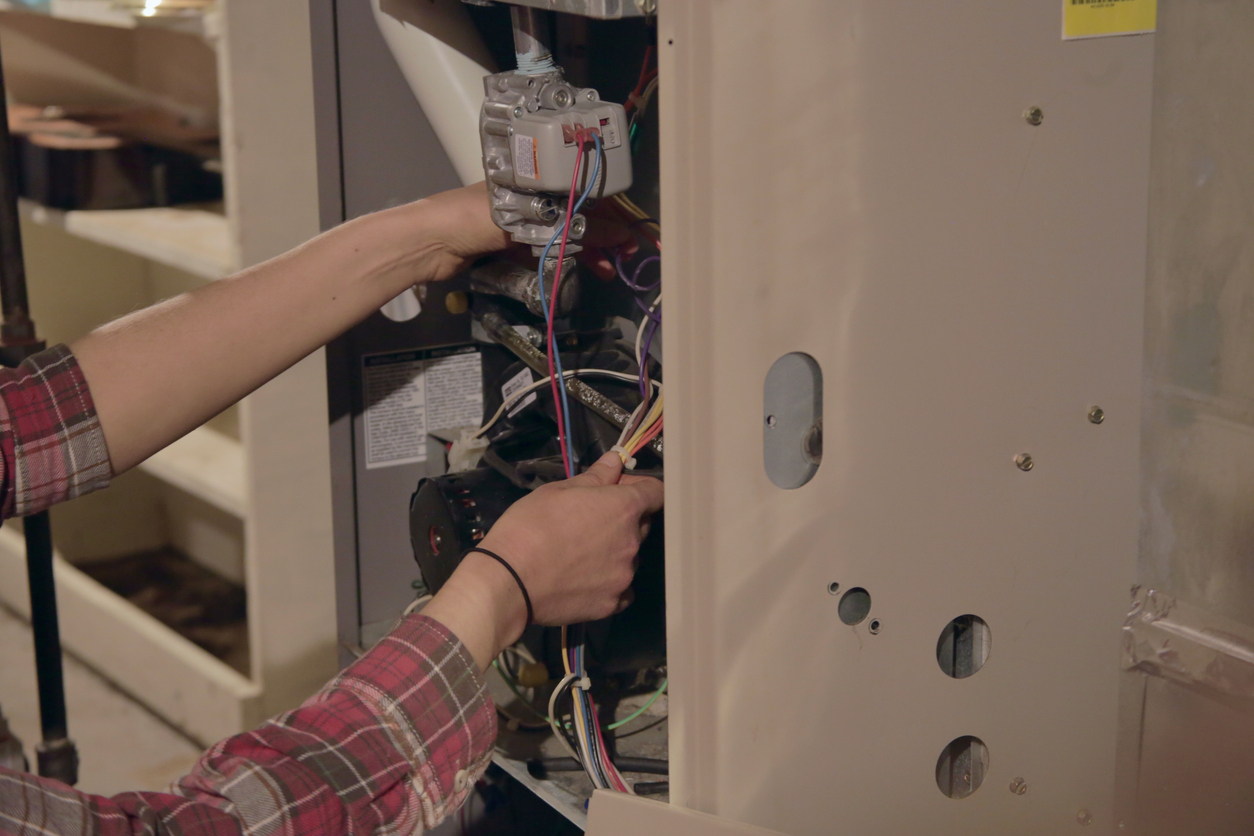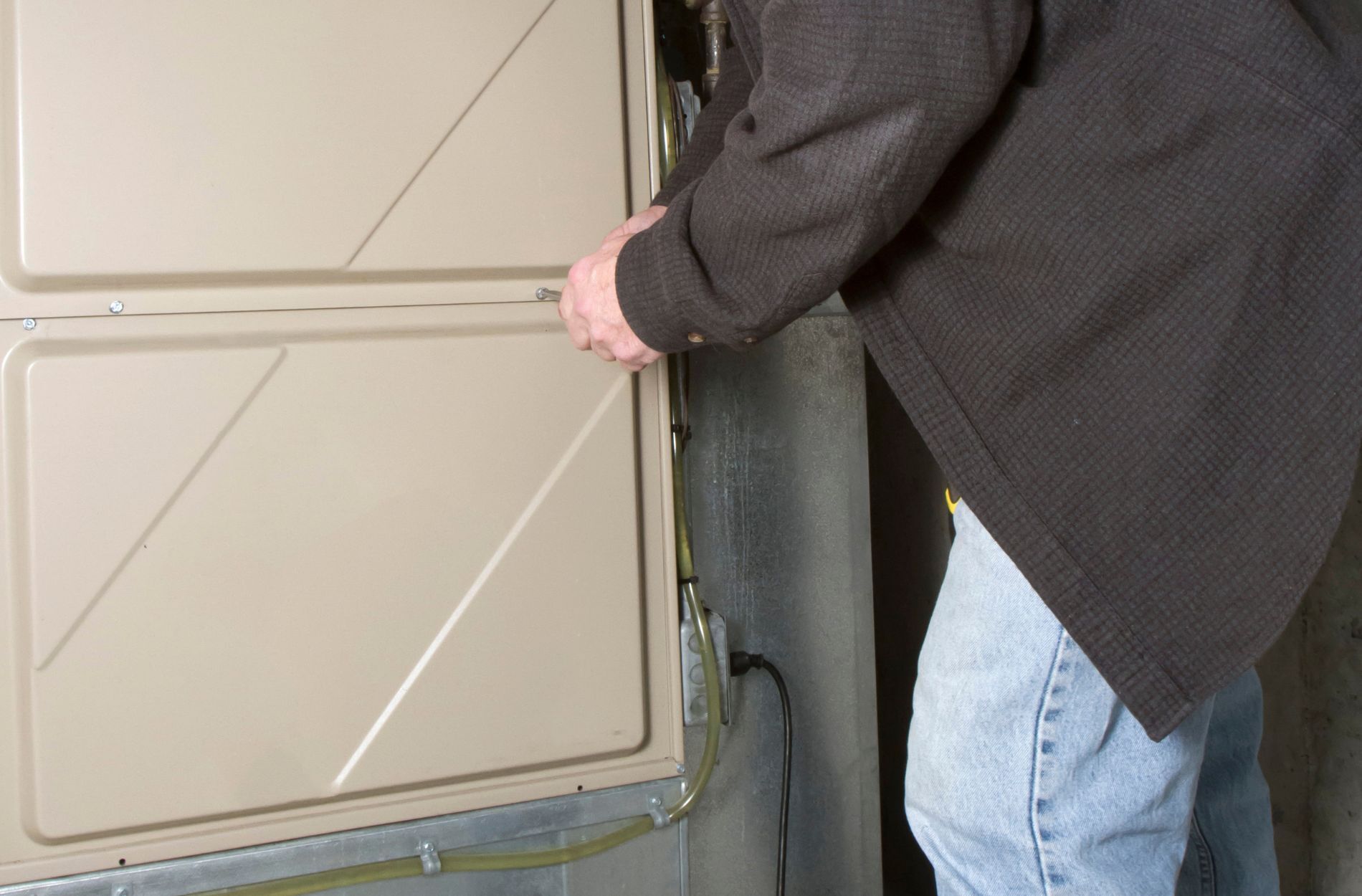
The Low Country Homeowner's Guide: How Insulation Impacts HVAC System Selection and Efficiency
Living in the beautiful Low Country means enjoying our unique blend of coastal charm and Southern hospitality. It also means navigating the distinct challenges of a hot, humid climate. Keeping your home comfortable and managing energy bills requires a heating and cooling system that works effectively, but there's a crucial element often overlooked: your home's insulation.
Think of your home as a cooler. Your HVAC system is like the ice keeping things cool inside, but the insulation is the cooler walls that keep the cold in and the hot out. Without adequate insulation, your expensive ice melts too fast, and your HVAC system works harder than it needs to, costing you money and potentially shortening its lifespan.
In the Low Country, the quality of your home's insulation isn't just about saving a few dollars on your energy bill; it fundamentally impacts the size, type, and overall performance of the HVAC system you need. This guide will walk you through why insulation is so critical in our climate and how it connects directly to keeping your Lowcountry home perfectly comfortable and energy-efficient.
Understanding the Low Country Climate and Your Home's Energy Battle
The Low Country region, including Bluffton, Hilton Head, and Charleston, falls primarily within Climate Zone 3A (Hot-Humid). This means we experience long, hot summers with high humidity levels and relatively mild winters. This climate poses a dual challenge for your home: heat gain during summer and heat loss during winter, both exacerbated by persistent moisture.
Heat naturally flows from warmer areas to cooler areas. In summer, heat from the scorching Low Country sun and humid outdoor air constantly tries to push its way into your cooler indoor spaces through the roof, walls, windows, and even the foundation (especially crawl spaces). In winter, the opposite happens – your expensive indoor heat tries to escape to the colder outdoors.
Proper insulation and air sealing act as a barrier against this relentless heat flow, significantly reducing the workload on your HVAC system year-round.
Insulation Fundamentals: R-Value and Beyond
The effectiveness of insulation is primarily measured by its R-value. R-value is a measure of thermal resistance; the higher the R-value, the better the insulation material is at resisting heat flow.
Recommended R-values vary depending on the climate zone and the specific area of your home (attic, walls, floors). For South Carolina, recommended attic insulation is typically R-38. Minimum requirements often reference R-30 for ceilings, R-13 for exterior walls, and R-19 for floors over crawl spaces or unconditioned spaces according to state energy codes.
However, R-value only tells part of the story. Insulation primarily resists conductive and convective heat flow through materials. Air sealing is equally critical, especially in the humid Low Country. Air sealing prevents conditioned indoor air from escaping and, more importantly, prevents unconditioned, humid outdoor air from entering your home through gaps, cracks, and penetrations in the building envelope. Without proper air sealing, humid air can bypass insulation, carry moisture into your home, and drastically increase the load on your HVAC system, particularly its ability to dehumidify.
Vapor barriers also play a vital role in managing moisture flow, especially in crawl spaces and walls in our humid environment, helping to prevent mold, mildew, and structural damage.
Choosing the Right Insulation for Low Country Living
Different types of insulation are suited for different applications and offer varying benefits in the Low Country climate:
- Fiberglass (Batts & Blown-in): Common and relatively inexpensive. Batts are used in standard wall cavities and attics. Blown-in fiberglass is good for irregularly shaped attics and filling cavities. It provides good thermal resistance when installed correctly but does not inherently provide air sealing.
- Cellulose (Blown-in): Made from recycled paper treated for fire resistance. Similar application to blown-in fiberglass, often used in existing walls. Also provides good thermal resistance but requires separate air sealing.
- Spray Foam (Open-cell & Closed-cell): A premium option that offers both high R-value per inch and excellent air sealing properties.
- Open-cell spray foam is less dense, more flexible, and less expensive than closed-cell. It provides effective air sealing and thermal resistance but is permeable to moisture vapor, which might be a consideration in certain Low Country applications unless paired with a vapor barrier.
- Closed-cell spray foam is dense and rigid. It provides a high R-value per inch, acts as a vapor barrier, and significantly increases structural rigidity. It's excellent for crawl spaces, rim joists, and areas where space is limited or a vapor barrier is needed.
In the Low Country, focusing on air sealing is paramount. Using spray foam or combining traditional insulation with meticulous air sealing efforts in key areas like attics, crawl spaces, and around windows and doors provides the best defense against heat and humidity intrusion. Properly insulating and sealing crawl spaces, a common feature in Low Country homes, is particularly critical for managing moisture and improving overall home comfort and air quality.
Insulation's Direct Impact on HVAC Sizing (The Manual J Connection)
This is where insulation directly influences your HVAC system selection. HVAC professionals use a process called a Manual J load calculation to determine the precise heating and cooling needs of your home. This calculation considers many factors, including:
- Square footage
- Window and door sizes, types, and orientation
- Building materials
- Local climate data
- Crucially: The amount and type of insulation and air sealing in the attic, walls, floors, and ductwork.
A well-insulated and properly air-sealed home has a significantly lower heating and cooling load because less heat enters in the summer and less heat escapes in the winter. This reduced load means the home requires a smaller, less powerful HVAC system to maintain comfort.
The problem of oversizing is common when load calculations aren't accurate or don't account for proper insulation. An oversized HVAC system cycles on and off too frequently (short cycling). While it might cool the air quickly, it doesn't run long enough in cooling mode to effectively remove humidity from the air, which is essential for comfort in the Low Country. Oversizing leads to:
- Poor dehumidification and a damp, clammy feeling indoors.
- Increased energy consumption due to frequent startups.
- More wear and tear on components, leading to a shorter system lifespan.
- Uneven temperatures throughout the home.
By ensuring your home is properly insulated before selecting a new HVAC system, you enable an accurate Manual J calculation that leads to a correctly sized unit, avoiding the pitfalls of oversizing.
Boosting HVAC Efficiency and Saving Money
The link is clear: better insulation equals a lower HVAC load, which in turn equals higher efficiency and lower energy bills. When your HVAC system isn't constantly battling heat gain or loss through poorly insulated surfaces, it doesn't have to run as often or as long.
Studies and energy experts estimate that proper insulation and air sealing can reduce a home's energy consumption for heating and cooling by 30% or even more. These savings translate directly into significant reductions on your monthly utility bills.
Furthermore, a system that runs less and isn't constantly stressed by an overloaded demand will experience less wear and tear on its components, potentially extending the overall lifespan of your expensive HVAC equipment.
Mastering Humidity Control with Insulation
Humidity is the silent comfort killer in the Low Country. Even if the temperature is cool, high indoor humidity makes the air feel sticky and uncomfortable. While HVAC systems do dehumidify as they cool, an oversized system that short cycles is ineffective at removing adequate moisture.
This is where insulation and air sealing become indispensable allies in the fight against humidity. Properly air-sealed homes prevent the constant infiltration of humid outdoor air, significantly reducing the moisture load your HVAC system has to handle.
Focusing on insulating and sealing the building envelope, particularly in notorious moisture entry points like crawl spaces and attics, is crucial. By sealing these areas, you prevent humid air from entering, making it much easier for your properly sized HVAC system to maintain comfortable temperature and humidity levels indoors.
Selecting the Right HVAC System for Your Insulated Home
Once your home is properly insulated and air-sealed, you've created an environment where your HVAC system can truly shine. A correct Manual J calculation will guide you to the appropriate size system. With a reduced load and better humidity control from the building envelope, you can now consider system types and features that optimize comfort and efficiency:
- Variable-Speed Systems: These systems can run at lower capacities for longer periods. In a well-insulated home, this allows them to maintain precise temperatures and, critically, provide superior dehumidification compared to single-speed systems that cycle on and off abruptly.
- Properly Sized AC or Heat Pump: Based on the accurate load calculation, you can confidently select an AC or heat pump system that meets your home's specific needs without being oversized or undersized.
- Supplemental Dehumidification: In some cases, even with good insulation, the Low Country's intense humidity might warrant a dedicated whole-home dehumidifier to work in conjunction with your HVAC system for optimal comfort and moisture control.
Investing in insulation first allows you to select an HVAC system that is not only the right size but also potentially one with advanced features that can operate most effectively in a climate-controlled, well-sealed environment.
Assessing Your Current Insulation and Planning Upgrades
How do you know if your Low Country home's insulation is up to par? Look for these signs:
- High energy bills despite relatively moderate usage.
- Uneven temperatures throughout the house.
- Drafts near windows, doors, or electrical outlets.
- Ice dams in winter (less common here, but indicates heat loss).
- Attic insulation that is below the top of the floor joists (less than 10-12 inches) or looks patchy and uneven.
- Damp or moldy smells, especially in the crawl space or attic.
A professional energy audit is the best way to get a clear picture of your home's insulation levels, air leaks, and potential problem areas. An auditor can use tools like thermal imaging to show you exactly where heat is escaping or entering.
Prioritizing insulation upgrades in areas with the greatest impact, like the attic and crawl space, often yields the most significant improvements in comfort and efficiency for Low Country homes. Don't forget to check the insulation and air sealing around your ductwork as well; leaky or uninsulated ducts in attics or crawl spaces can waste a significant amount of conditioned air.
Older or historic homes in the Low Country present unique challenges but also offer significant opportunities for improvement through carefully planned insulation and air sealing upgrades that preserve historical character while dramatically improving energy efficiency and comfort.
Conclusion: A Well-Insulated Home is an Efficient Home
In the Low Country's challenging climate, proper home insulation isn't a luxury; it's a fundamental component of an energy-efficient and comfortable home. By creating a strong thermal barrier and sealing out humid outdoor air, you dramatically reduce the workload on your HVAC system.
This reduction in load allows for accurate sizing, prevents the issues associated with oversized systems, boosts energy efficiency, lowers utility bills, extends the life of your equipment, and, perhaps most importantly, helps you achieve consistent, comfortable temperatures and manage humidity effectively year-round.
Before you select your next HVAC system, consider having your home's insulation assessed. Investing in insulation is a smart first step that lays the groundwork for optimal HVAC performance and lasting comfort in your Low Country home.
Frequently Asked Questions
What R-value is needed for attics in the Low Country (South Carolina)?
According to recommendations for Climate Zone 3A (which includes the Low Country), an attic R-value of R-38 is typically recommended. State building codes may specify minimums, but R-38 is a common target for energy efficiency.
How does insulation affect my air conditioner's performance?
Good insulation reduces the amount of heat entering your home. This means your air conditioner doesn't have to work as hard or run as long to cool your home, leading to improved efficiency, lower energy bills, and reduced wear and tear on the unit. Crucially, it also helps the AC run long enough to effectively dehumidify the air.
Can I add new insulation over old insulation?
In many cases, yes, you can add new insulation over existing insulation, especially in attics with blown-in or batt insulation. However, it's important to ensure the existing insulation is dry and free of mold or pests. It's also critical to address air sealing before adding insulation, as simply piling insulation on top of air leaks won't solve the air and moisture infiltration problem.
What are the signs that my home needs more insulation?
Common signs include high energy bills, noticeable drafts, uneven temperatures between rooms or floors, ice dams in winter (less relevant in the Low Country), and your HVAC system running constantly or cycling on and off very frequently. A professional energy audit can pinpoint exactly where you need more insulation or air sealing.


Financing




















